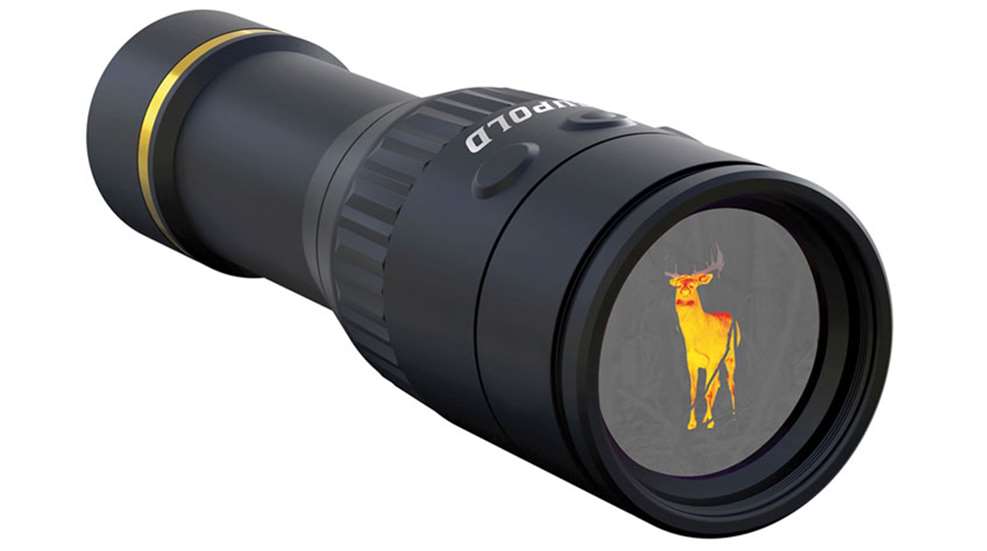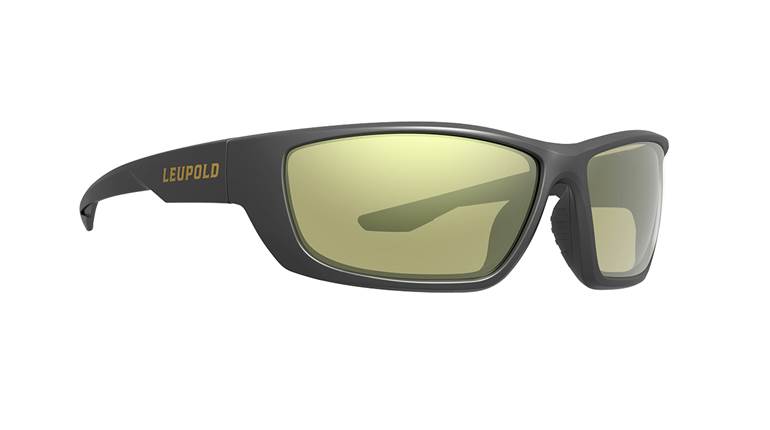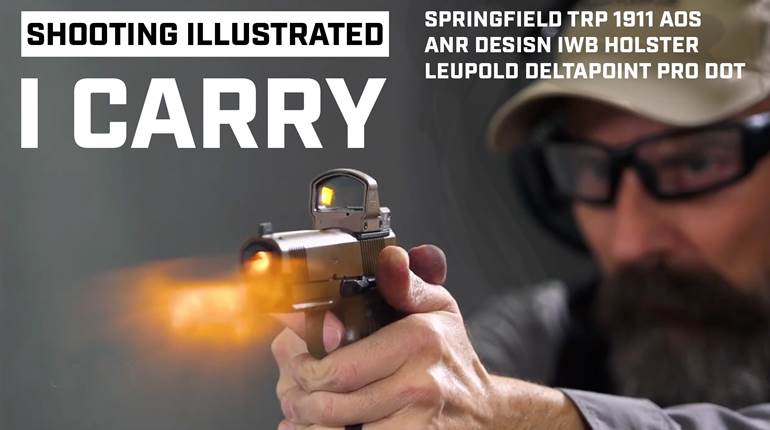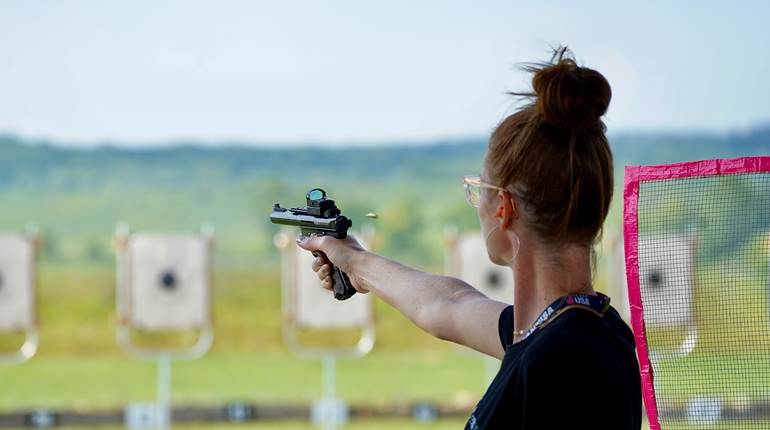
The consumer market has seen it time and time again, with products such as Jeep, penicillin and even the personal GPS unit: Innovations in specialized markets often occur as a result of war. It wasn’t all that long ago (2013) that the Defense Advanced Research Projects Agency (DARPA) announced major advancements in sensor technologies related to thermal imaging, virtually eliminating the monstrous, vehicle-mounted contraptions used at the time in favor of pocket-size units operating on sensors the size of a smartphone camera lens. Private-sector companies, including Leupold & Stevens, Inc., are now able to utilize these tax-dollar-funded DARPA advancements and hand that technology directly to the consumer market. One such product available from Leupold is the LTO-Tracker.
When Leupold released the sub-$1,000 ($909) device, I just had to have a closer look. Why? Because, like 300 million other folks in the world who have color-receptor deficiencies, I am visually impaired. Though not debilitating, my color blindness still makes it difficult to properly match a tie with a shirt or blood trail an animal. Nonetheless, I have learned to overcome the problem with the aid of color wheels, “selfies” sent to mom at zero-dark-thirty and, once, calling a good buddy at 11 p.m. to track a wounded deer. With the LTO-Tracker, the latter may have not been necessary.
For an over-the-counter price closer to $600, the unit offers a lot of technology. In fact, its digital, temperature-sensing, handheld Seek thermal sensor was developed by defense contractor Raytheon. Further, Leupold makes use of Chalcogenide glass in the LTO-Tracker—chosen for its ability to transmit across a wide range of the infrared electromagnetic spectrum. The body is made of aluminum, uses a 30 mm tube and exhibits the classic gold ring that usually adorns Leupold optics. The 240x204 pixel, direct-view, digital color screen provides a frame rate of 30 Hz. The unlimited eye relief is a practical feature—especially when stumbling through brush in total darkness. The LTO-Tracker has a wide, 21 degree field of view with a sensor detection range of between -40° F and 572° F. I fabricated a basic tripod mount utilizing a chunk of bulk Picatinny rail that I tapped 1/4x20 TPI and attached a 30 mm scope ring. Having the unit affixed to a tripod was handy during a late-evening coyote hunt.
Three buttons on the unit’s top operate its various functions, and just behind them is a knurled ring that provides access to the unit’s battery compartment. Leupold claims battery life for the single CR123 battery is 10 hours of continuous use. I found it to be closer to seven hours, and that included heavy use. I suspect the difference can be attributed to the “off-brand” battery I used.
At 6X magnification, I found determining fine detail to be difficult at distance (past 100 yds.), but handy nonetheless. I was able to discern quickly between cold and hot objects, even at distances beyond its intended use. The LTO-Tracker excelled at finding freshly shot game in a grassy field—“seen” from a distance of slightly more than 200 yds. Finding game in dense brush may prove difficult, and one will notice quickly that some objects in nature hold heat longer than others. Misconceptions regarding thermal units and their ability to “see through” items run strong, and my testing proved that dense foliage, brush and humidity are, along with time of day, limiting factors—something true of all thermal imaging products. The Leupold LTO-Tracker provides a real value, and its size makes it easy to keep in a field bag. I find myself using the unit more than I ever thought possible in situations like deciphering which wheel bearing went bad on my car or where exactly the air leaks are on my home windows. The technology that trickles down from defense contracts seems to be a win-win situation for consumers, and the LTO-Tracker is a great example of that.





































